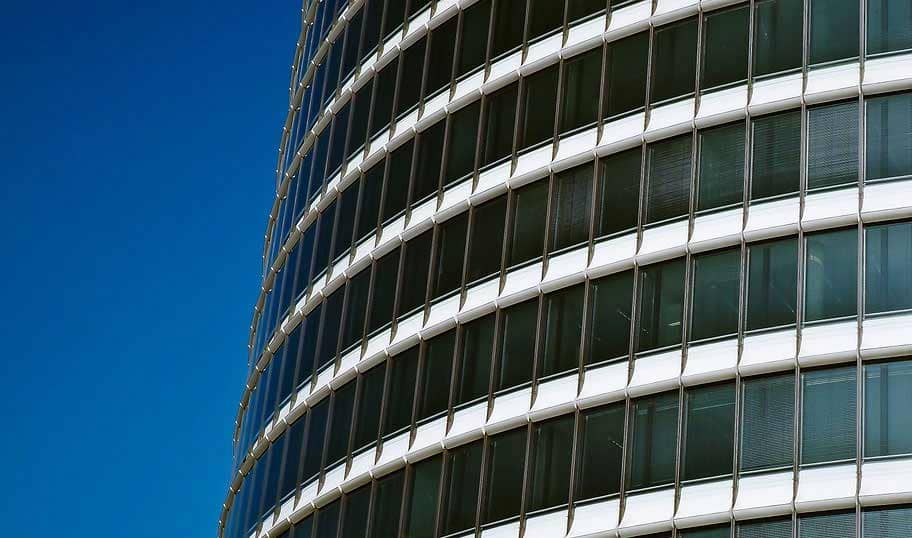|
Soundproof glass unit Soundproof glass is a construction that provides additional opportunities to reduce the level of the street noise in comparison to the ordinary glass. According to the statistics, over 20% of buyers order new windows due to the street noise and impossibility to provide the necessary quietness in the premises with the old windows. Double glazing, depending on the glass used, provides additional insulating benefits. |
|
Soundproof glass units Insulating glass units that reduce noise by more than 35 dB are classified as noise protection glass units. Soundproof glass unit provides an increased level of protection of the inner room from external noise background. The negative sound pressure can exceed normative levels by several times. For example, a busy freeway generates noise of about 75 dB, a motorcyclist on a motorway - 90 dB. Comfortable acoustic background at home - no more than 40 dB, for sleep - less than 30 dB. Thus, window structures, in order to ensure the standard living conditions, must have a certain level of sound insulation. Acoustic comfort indoors The comfortable acoustic background for a room depends on its purpose and time of day. It is quite comfortable to be in a working office with a general noise background of 50 dB. For relaxation at home a quiet silence of 40 dB is necessary. It should be noted that we do not respond to sounds lower than 20 dB and almost do not hear sounds lower than 10 dB. According to SNiP II-12-77 "Protection against noise" from the Research Institute of Building Physics of the Gosstroy in private premises, it is necessary to provide an acoustic background level of 30 - 35 dB. |
| Premises | Standard sound pressure level, (dB) |
| Offices | 50 |
| School classes, cinemas | 40 |
| Living rooms | 30 |
| Bedroom | 25 |
External noise background
The urban environment provides residents with access to a variety of opportunities to enhance their quality of life. New roads are being built and development is being compacted.
Creating comfortable housing requires an effective barrier between the interior and the exterior environment. The main factor of its creation is the installation of high-quality noise-protected windows. The perception of noise depends on the distance of its source and the frequency characteristics of the sound. Window structures are most effective at protecting against high frequency acoustic pressure, which our ears define as "louder". Massive structures are needed to isolate from low-frequency sound - low-frequency sound vibrations pass fairly freely even through walls.











